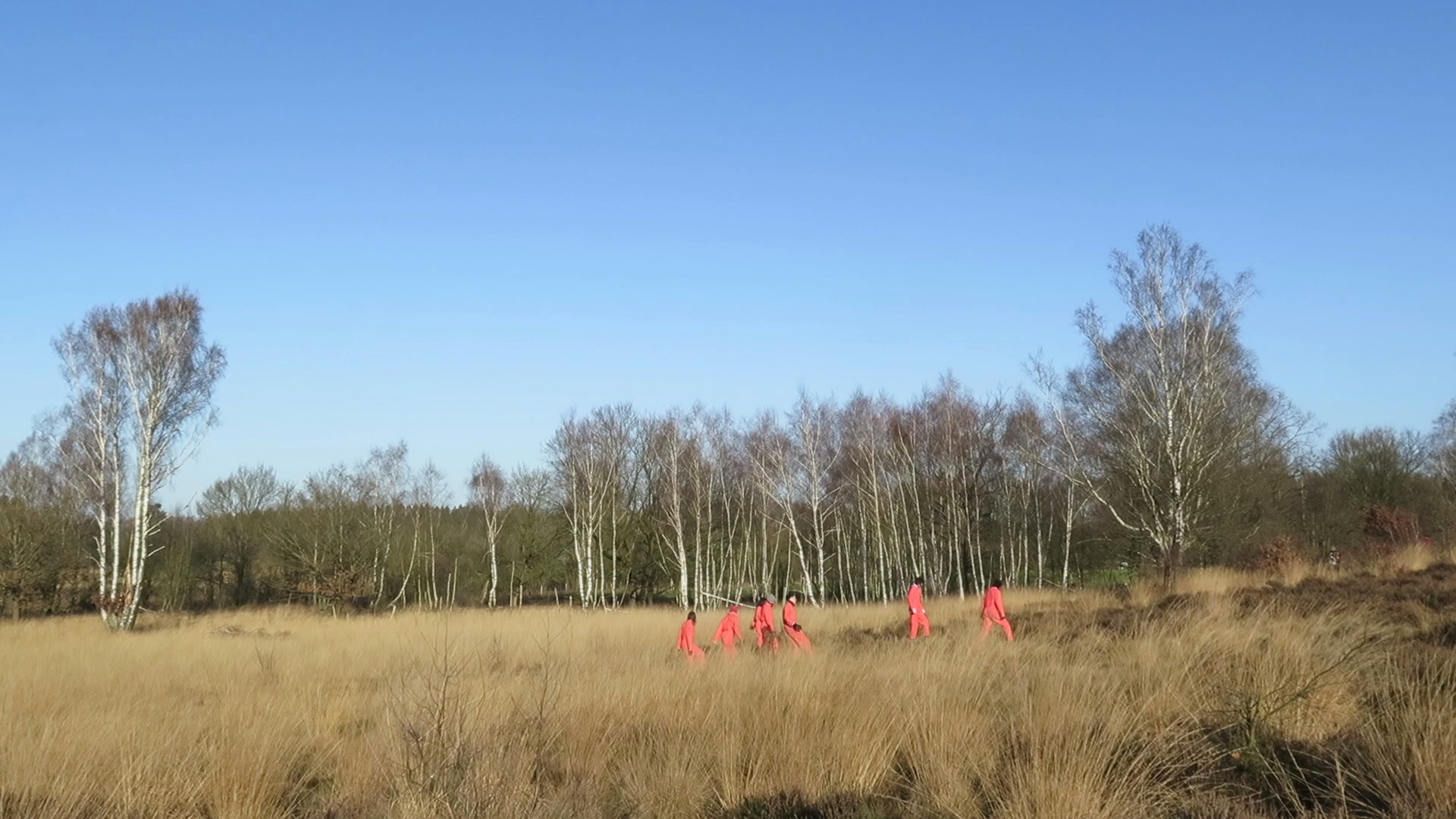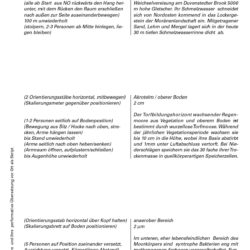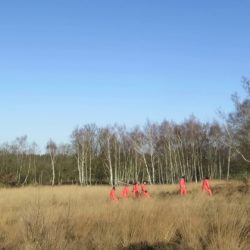Bewegungen in naturwissenschaftlichen Narrativen
Description
A performative translation of movements in scientific narratives of a local ecosystem – on site. In this first experiment with a group of 8 people at the Wittmoor in Hamburg topics were: glacial landscape formation, moss- and thus bog growth and metabolic cooperation of microorganisms. Documentation see video link.What is the Topic?
In order to get into the political debate on the complex topic of the global climate crisis and its (creative) solution attempts, new forms of access to scientific knowledge are required. Compared to the wide range of individual research options available today, the on-topic exegesis in environmental exhibitions, which strives for "completeness", can hardly be made use of, especially since the focus on essential access points is also lost there. So how do you design approaches that understand scientific knowledge and at the same time stimulate the spatial concept for further thematic discussion? Here we try out how translations of nature's dynamics to body movements can look and feel. And whether their concentration on the narrative’s movement-aspect and the translator’s body evokes a perception of nature that adopts this focus.
Why does it look like this?
The content of the experiment is based on fragments of researched, scientific narratives and formally focuses on its essential, universal components: location, scale and process. The specification of the research topic and the spatial framework form a local ecosystem – in this case, the Wittmoor in Hamburg. The form of the movement arises from the individual as well as collective interpretation of the various narratives. As specific as this may be, a uniform colour is reminiscent of the universal components, which are taken up optically and practically by objects such as orientation bars (for locating the movement, e.g. cardinal direction or soil layer), a scaling meter (for the scale of the movement) and overalls (to highlight the movement itself).
What is special?
Compared to ecological design in the form of concrete climate crisis “solutions”, this approach takes a step back and starts with an understanding of nature and the environment. Further media, such as signs or apps, as well as illustrative decorations, are dispensed with through the direct combination of scientific narrative and performance on site.
What is new?
What we see as nature are "parts" and correlations between macro and micro processes, which research is constantly reconstructing. Since an all-inclusive presentation of knowledge of nature is never possible in this way, this experiment does not aim at it at all, but treats it directly in a fragmentary manner, thereby formally emphasizing the process.





